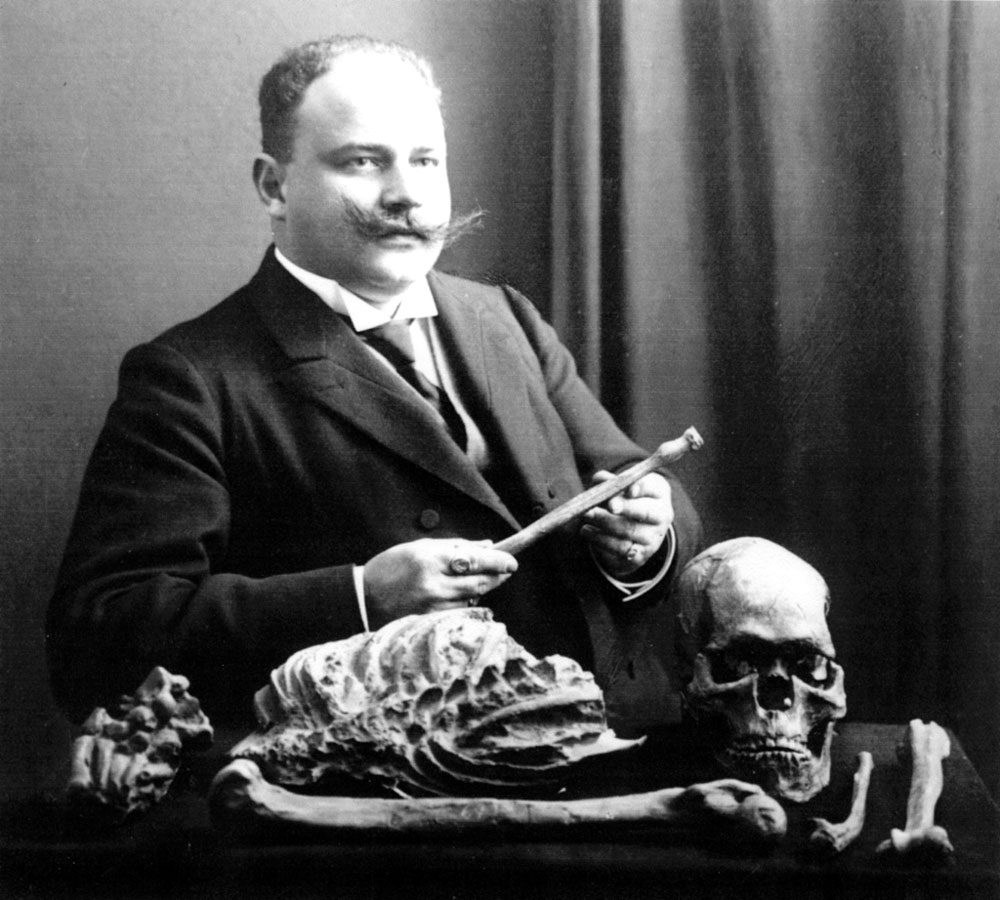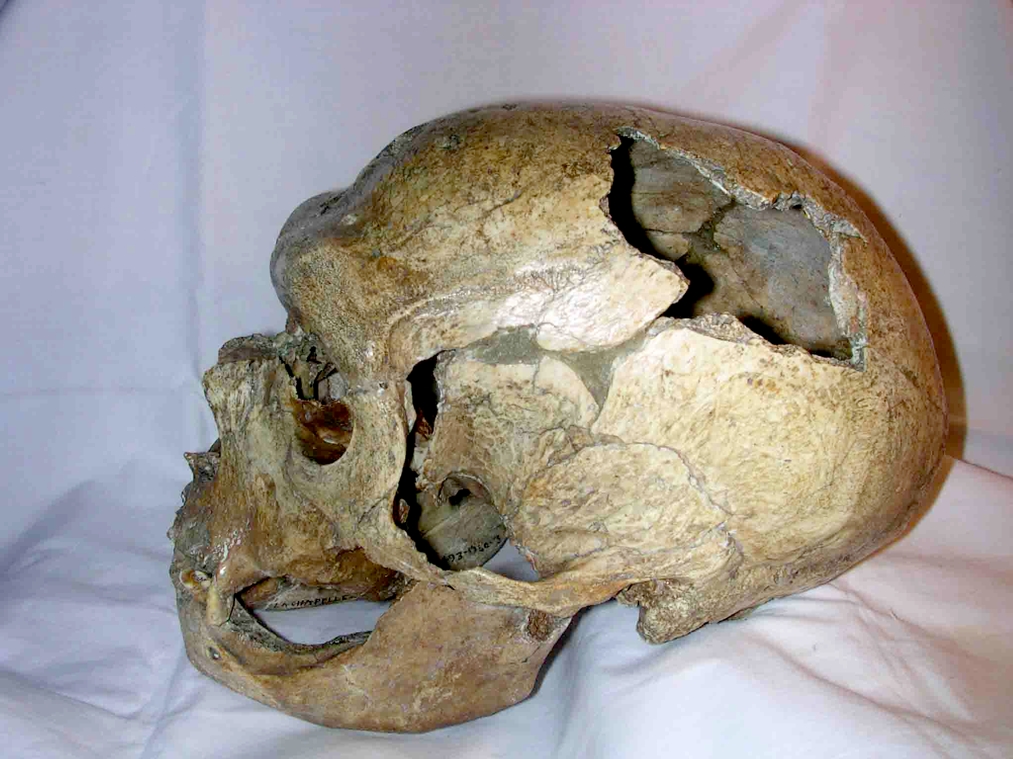|
1908 In Archaeology
Below are notable events in archaeology that occurred in 1908. Explorations * January: Skeleton Cave (Arizona) rediscovered, containing remains of Yavapai massacred in the Battle of Salt River Canyon (1872). Excavations * At Avebury in Wiltshire, England, by Harold St George Gray. * At Knap Hill in Wiltshire, the first excavation of a causewayed enclosure, begun by Ben and Maud Cunnington. * First excavations at Samaria begun by a Harvard expedition. * Sakçagözü excavated by John Garstang. * Ulugh Beg Observatory is discovered in Samarkand by Russian archaeologist V. L. Vyatkin, having been partly destroyed in 1449. Publications * A. Hadrian Allcroft - ''Earthwork of England: Prehistoric, Roman, Saxon, Danish, Norman, and Mediæval''. * Joseph Déchelette begins publishing his ''Manuel d'Archéologie Préhistorique, Celtique, et Gallo-romaine''. Finds * 3 July: Phaistos Disc. * 3 August: " La Chapelle-aux-Saints 1", a 56,000- to 47,000-year-old Neanderthal ... [...More Info...] [...Related Items...] OR: [Wikipedia] [Google] [Baidu] |
Sakçagözü
Sakçagözü, also known as Keferdiz, is a neighbourhood of the municipality and district of Nurdağı, Gaziantep Province, Turkey. Its population is 3,920 (2022). Before the 2013 reorganisation, it was a town (''belde''). The village is populated by Alevi Alevism or Anatolian Alevism (; tr, Alevilik, ''Anadolu Aleviliği'' or ''Kızılbaşlık''; ; az, Ələvilik) is a local Islamic tradition, whose adherents follow the mystical Alevi Islamic ( ''bāṭenī'') teachings of Haji Bektash Veli, w ... Turkmens. References Neighbourhoods in Nurdağı District Turkoman settlements in Gaziantep Province {{Gaziantep-geo-stub ... [...More Info...] [...Related Items...] OR: [Wikipedia] [Google] [Baidu] |
Hoard
A hoard or "wealth deposit" is an archaeological term for a collection of valuable objects or artifacts, sometimes purposely buried in the ground, in which case it is sometimes also known as a cache. This would usually be with the intention of later recovery by the hoarder; hoarders sometimes died or were unable to return for other reasons (forgetfulness or physical displacement from its location) before retrieving the hoard, and these surviving hoards might then be uncovered much later by metal detector hobbyists, members of the public, and archaeologists. Hoards provide a useful method of providing dates for artifacts through association as they can usually be assumed to be contemporary (or at least assembled during a decade or two), and therefore used in creating chronologies. Hoards can also be considered an indicator of the relative degree of unrest in ancient societies. Thus conditions in 5th and 6th century Britain spurred the burial of hoards, of which the most famous a ... [...More Info...] [...Related Items...] OR: [Wikipedia] [Google] [Baidu] |
Venus Of Willendorf
The Venus of Willendorf is an Venus figurine estimated to have been made around 25,000-30,000 years ago. It was found on August 7, 1908, by a workman named Johann Veran or Josef Veram during excavations conducted by archaeologists Josef Szombathy, Hugo Obermaier, and Josef Bayer at a Paleolithic site near Willendorf, a village in Lower Austria.Venus of Willendorf Christopher L. C. E. Witcombe, 2003.John J Reich; Lawrence Cunningham (2013) ''Culture and Values: A Survey of the Humanities'', 8th Ed., Andover, Belmont, CA It is carved from an that is not local to the area, and tinted with |
Otto Hauser
Otto Hauser (April 12/27, 1874 in Wädenswil – June 14/19, 1932 in Berlin) was a Swiss prehistorian Prehistory, also known as pre-literary history, is the period of human history between the use of the first stone tools by hominins 3.3 million years ago and the beginning of recorded history with the invention of writing systems. The use of .... Literary works * ''Der Mensch vor 100,000 Jahren'', 1917. * ''Ins Paradies des Urmenschen'', 1922. References * "Otto Hauser." In ''Biographical Dictionary of the History of Paleoanthropology''. Edited by Matthew R. Goodrum. (2016) available at https://drive.google.com/file/d/13Dj9JqKO-9LwCs8JE88wpL5p4XuLhGi_/view * Rudolf Drößler: ''Flucht aus dem Paradies: Leben, Ausgrabungen und Entdeckungen Otto Hausers.'' Halle, 1988 * Delluc B. et G. : "Otto Hauser était-il un espion allemand? Biographie", in: ''Petites énigmes et grands mystères'', IV, Pilote 24 édition, 2010, p. 80 à 157, ill. 20th-century Swiss his ... [...More Info...] [...Related Items...] OR: [Wikipedia] [Google] [Baidu] |
Le Moustier
Le Moustier is an archeological site consisting of two rock shelters in Peyzac-le-Moustier, a village in the Dordogne, France. It is known for a complete skeleton of the species ''Homo neanderthalensis'' that was discovered in 1908. The Mousterian tool culture is named after Le Moustier, which was first excavated from 1863 by the Englishman Henry Christy and the Frenchman Édouard Lartet. In 1979, Le Moustier was inscribed on the UNESCO World Heritage List along with other nearby archeological sites as part of the ''Prehistoric Sites and Decorated Caves of the Vézère Valley''. Skeleton The skeleton known as "Le Moustier" is estimated to be approximately 45,000 years old. The characteristics of its skull include a large nasal cavity and a somewhat less developed brow ridge and occipital bun, as might be expected in a juvenile. After discovery, the skull was dismantled, cast and reconstructed at least four times. During this process, the skull received considerable amounts of ... [...More Info...] [...Related Items...] OR: [Wikipedia] [Google] [Baidu] |
France
France (), officially the French Republic ( ), is a country primarily located in Western Europe. It also comprises of Overseas France, overseas regions and territories in the Americas and the Atlantic Ocean, Atlantic, Pacific Ocean, Pacific and Indian Oceans. Its Metropolitan France, metropolitan area extends from the Rhine to the Atlantic Ocean and from the Mediterranean Sea to the English Channel and the North Sea; overseas territories include French Guiana in South America, Saint Pierre and Miquelon in the North Atlantic, the French West Indies, and many islands in Oceania and the Indian Ocean. Due to its several coastal territories, France has the largest exclusive economic zone in the world. France borders Belgium, Luxembourg, Germany, Switzerland, Monaco, Italy, Andorra, and Spain in continental Europe, as well as the Kingdom of the Netherlands, Netherlands, Suriname, and Brazil in the Americas via its overseas territories in French Guiana and Saint Martin (island), ... [...More Info...] [...Related Items...] OR: [Wikipedia] [Google] [Baidu] |
La Chapelle-aux-Saints
La Chapelle-aux-Saints (; oc, La Chapela daus Sents) is a commune in the Corrèze department in central France. History Neanderthal skeleton The La Chapelle-aux-Saints cave, bordering the Sourdoire valley, revealed many archeological artifacts belonging to the late Mousterian techno-complex,BINANT P., 1991 - ''Les sépultures du Paléolithique''. Paris : Errance including the first ever recognized Neanderthal burial discovered on August 3, 1908. Jean and Amédée Bouyssonie, as well as L. Bardon, led archaeological digs in the cave from 1905 to 1908, discovering over 1,000 pieces of stone industry (mainly flint), bones of different fauna including reindeer, bovid, horse, fox, wolf and even a rhinoceros’ tooth. The most spectacular discovery was that of a very well preserved skeleton of an adult Neanderthal man who appears to have been intentionally buried in a rectangular pit deep, long and wide.NOUGIER L.-R., 1963, ''La préhistoire : essai de paléosociologie religieuse'' ... [...More Info...] [...Related Items...] OR: [Wikipedia] [Google] [Baidu] |
Neanderthal
Neanderthals (, also ''Homo neanderthalensis'' and erroneously ''Homo sapiens neanderthalensis''), also written as Neandertals, are an extinct species or subspecies of archaic humans who lived in Eurasia until about 40,000 years ago. While the "causes of Neanderthal disappearance about 40,000 years ago remain highly contested," demographic factors such as small population size, inbreeding and genetic drift, are considered probable factors. Other scholars have proposed competitive replacement, assimilation into the modern human genome (bred into extinction), great climatic change, disease, or a combination of these factors. It is unclear when the line of Neanderthals split from that of modern humans; studies have produced various intervals ranging from 315,000 to more than 800,000 years ago. The date of divergence of Neanderthals from their ancestor ''H. heidelbergensis'' is also unclear. The oldest potential Neanderthal bones date to 430,000 years ago, but the classification ... [...More Info...] [...Related Items...] OR: [Wikipedia] [Google] [Baidu] |
La Chapelle-aux-Saints 1
La Chapelle-aux-Saints 1 ("The Old Man") is an almost-complete male Neanderthal skeleton discovered in La Chapelle-aux-Saints, France by A. and J. Bouyssonie, and L. Bardon in 1908. The individual was about 40 years of age at the time of his death. He was in bad health, having lost most of his teeth and suffering from bone resorption in the mandible and advanced arthritis. It is the most convincing example of a possible Neanderthal deliberate burial, but like all claimed Neanderthal burials, this isn't generally accepted. The remains were first studied by Marcellin Boule, whose reconstruction of Neanderthal anatomy based on la Chapelle-aux-Saints material shaped popular perceptions of the Neanderthals for over thirty years. The La Chapelle-aux-Saints specimen is typical of "classic" Western European Neanderthal anatomy. It is estimated to be about 60,000 years old. Boule's reconstruction of La Chapelle-aux-Saints 1, published during 1911–1913, depicted Neanderthals with ... [...More Info...] [...Related Items...] OR: [Wikipedia] [Google] [Baidu] |
Phaistos Disc
The Phaistos Disc (also spelled Phaistos Disk, Phaestos Disc) is a disk of fired clay from the Minoan palace of Phaistos on the island of Crete, possibly dating to the middle or late Minoan Bronze Age ( second millennium BC). The disk is about in diameter and covered on both sides with a spiral of stamped symbols. Its purpose and its original place of manufacture remain disputed. It is now on display at the archaeological museum of Heraklion. The disc was discovered in 1908 by the Italian archaeologist Luigi Pernier in the Minoan palace-site of Phaistos, and features 241 tokens, comprising 45 distinct signs, which were apparently made by pressing hieroglyphic "seals" into a disc of soft clay, in a clockwise sequence spiralling toward the center of the disk. The Phaistos Disc captured the imagination of amateur and professional archaeologists, and many attempts have been made to decipher the code behind the disc's signs. While it is not clear that it is a script, most attempted ... [...More Info...] [...Related Items...] OR: [Wikipedia] [Google] [Baidu] |




